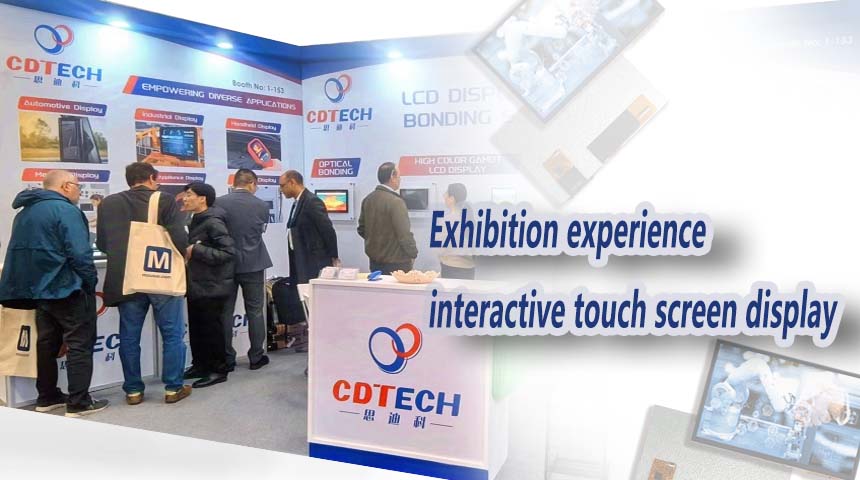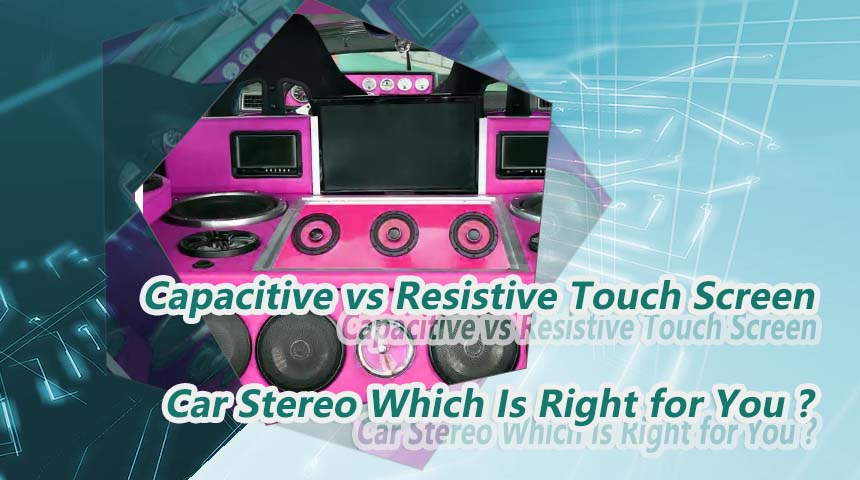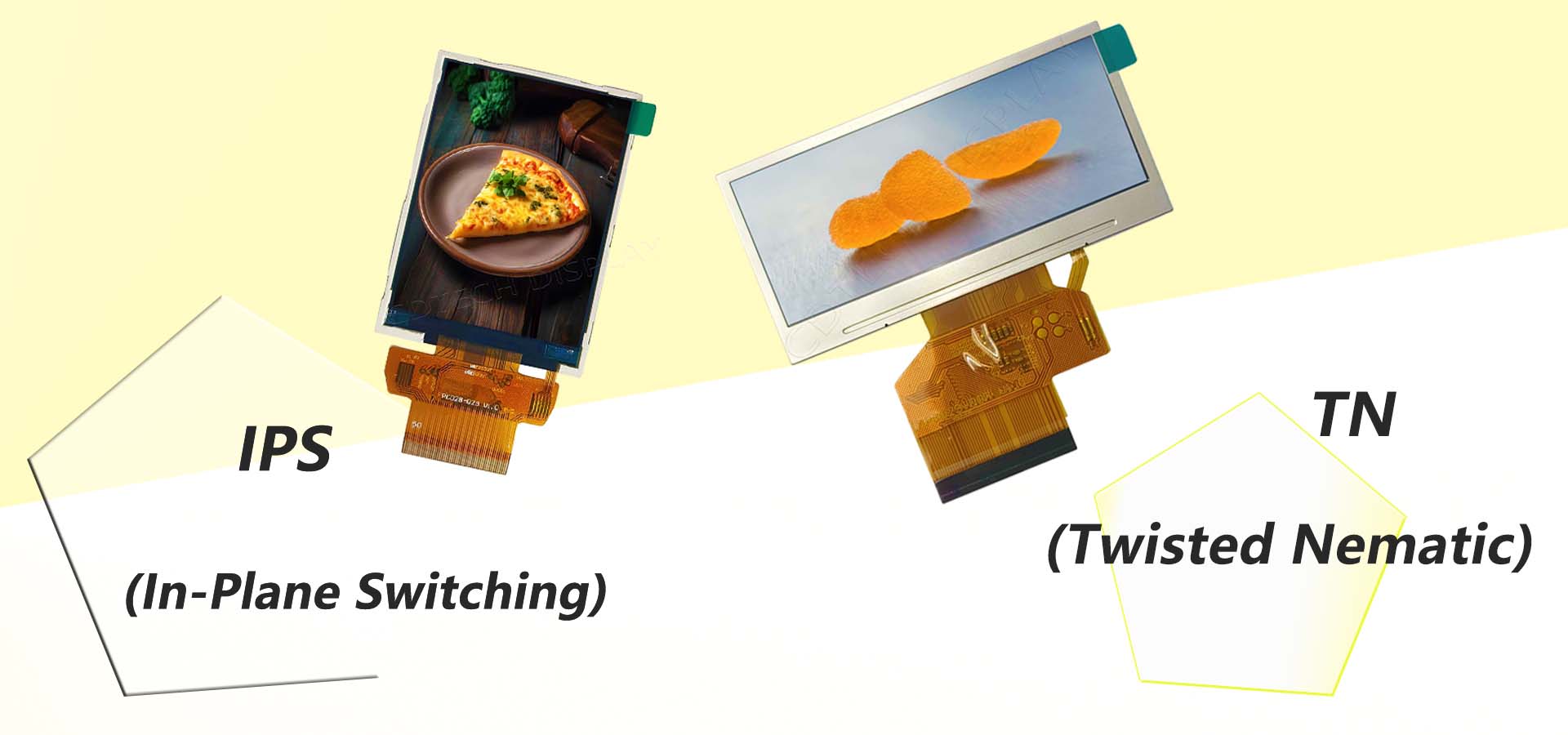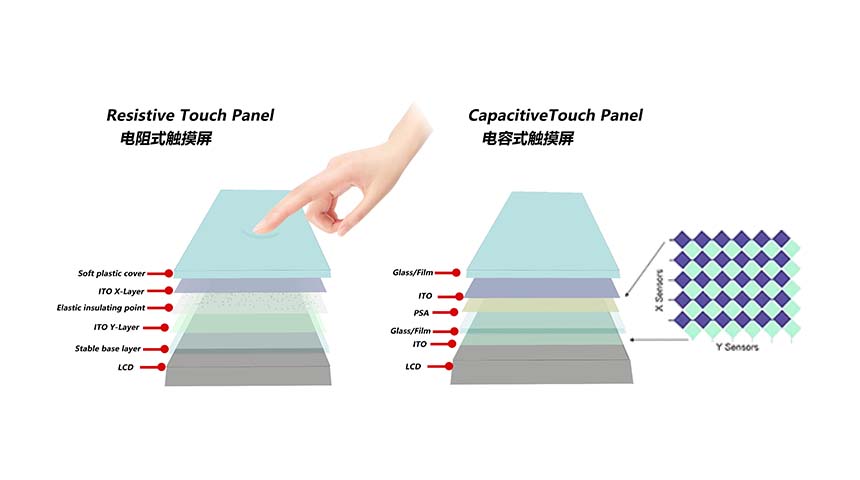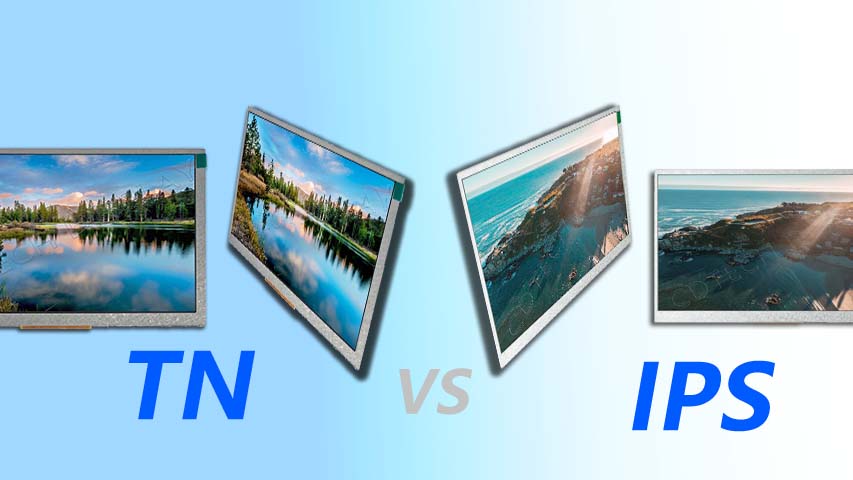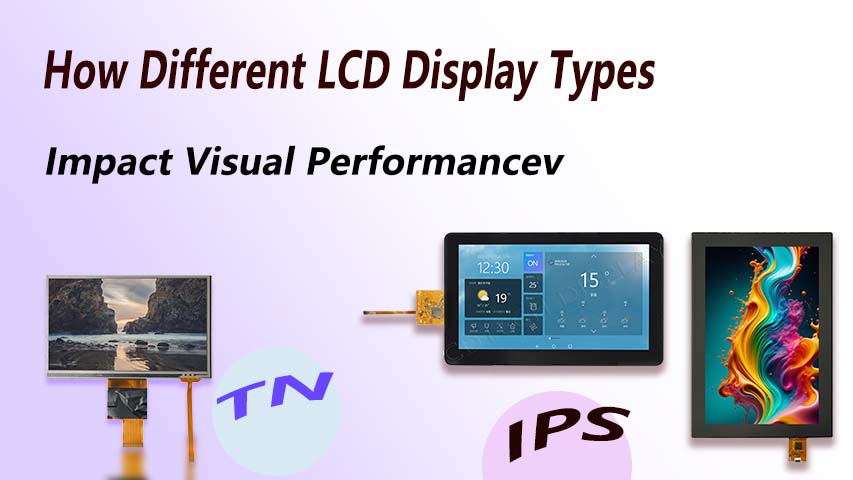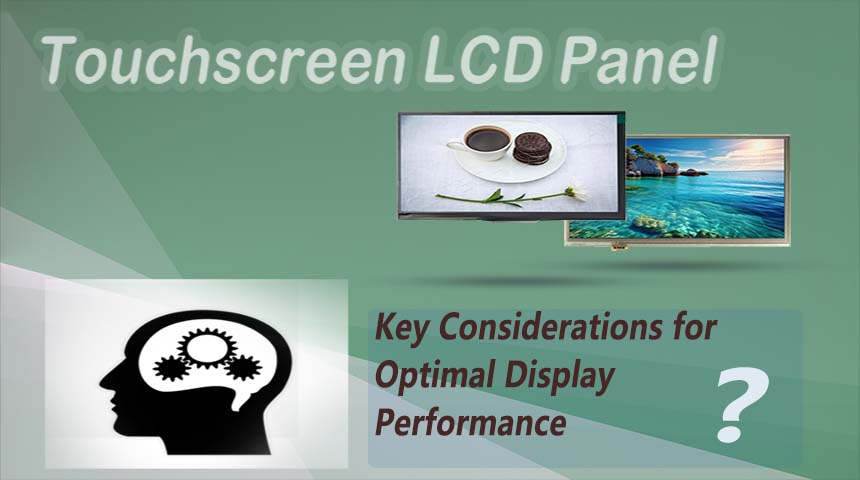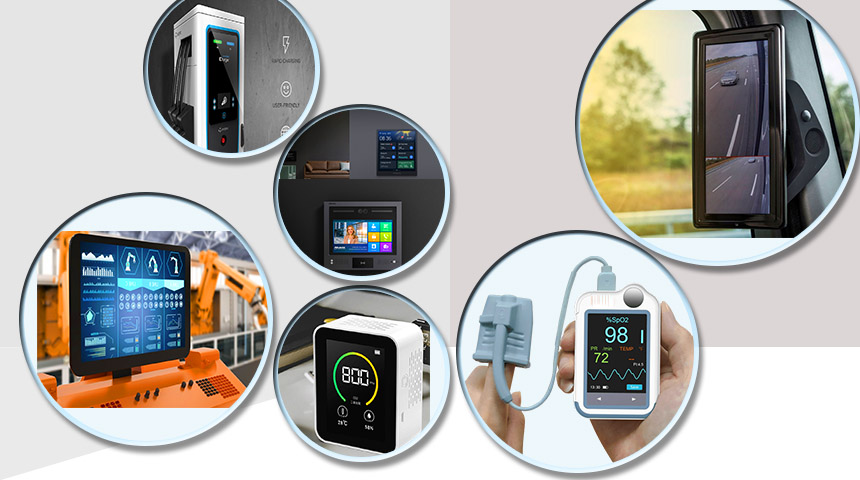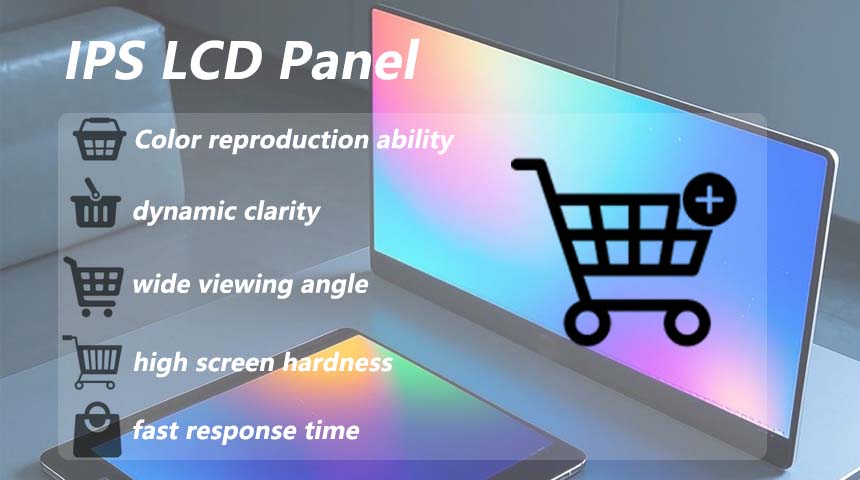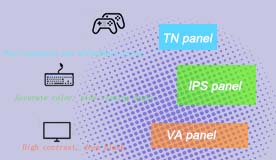How to Select a Vehicle LCD Display That Meets Your Needs
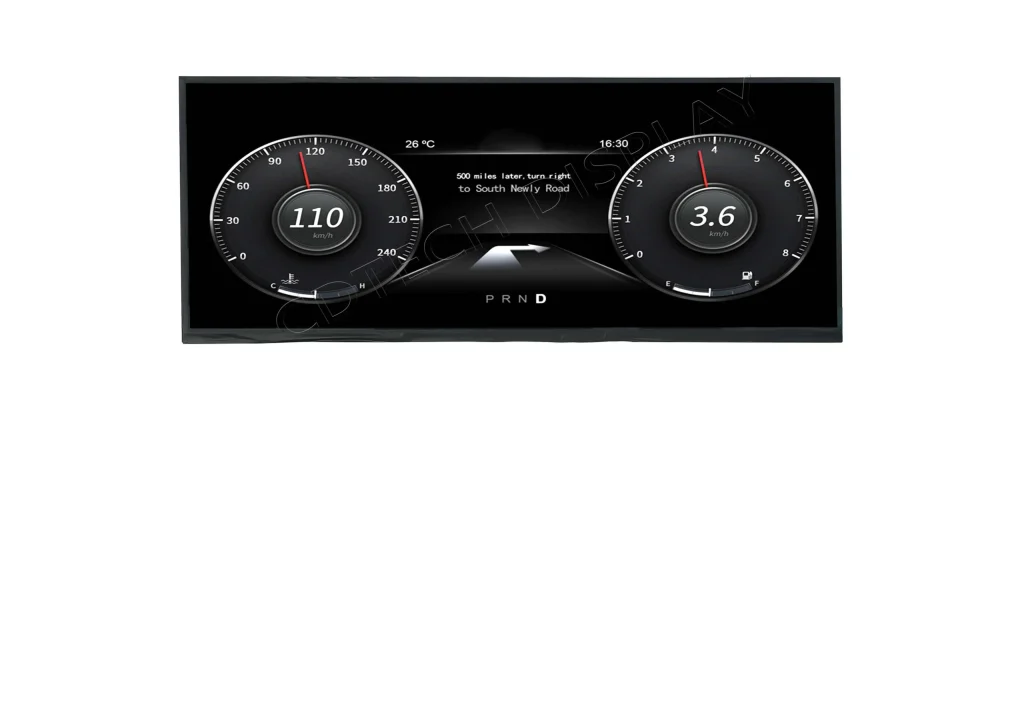
What Are the Key Points to Consider When Choosing a Vehicle LCD Display?
Screen Size and Image Clarity
Selecting the right car LCD display starts with clarity and size. The display must fit comfortably in the dashboard or console space of the vehicle. It must also deliver clear, crisp images. Common sizes include 7.0″, 10.1″, and 12.3″. These are perfect for infotainment systems, instrument clusters, or rear-seat entertainment.
Resolutions of 800×480, 1280×720, or 1920×1080 give clear images. This makes it easy to read information and contributes to the overall experience of the driver. One example of our 12.3” 1920*720 bar-type screen is a hot seller for panoramic dashboards. Its thin body and vivid colorfulness are captivating.
Brightness and Clear Visibility in Sunlight
Seeing the screen clearly in bright sunlight is essential in cars. Sun glare can hide critical details. CDTech’s LCD automotive displays shine in outdoor settings. They use bright screens and sharp resolutions for excellent visibility. Our displays reach up to 1500 nits. This ensures the screen stays readable even in strong sunlight.
Viewing Angles and Screen Positioning
Drivers and passengers view screens from different spots. Wide viewing angles are a must. Vehicle TFT LCD displays come with full viewing angles, bright screens, and anti-glare features. They also handle a wide range of temperatures. These qualities suit both driver-focused screens and passenger entertainment systems. IPS panels are popular because they keep colors true from nearly any angle.
Touchscreen Features and Ease of Use
Today’s cars rely on touch controls for navigation, climate settings, and media. Capacitive touch panels (PCAP) are top choices. They respond quickly and support multiple touches at once. Our TFT with PCAP modules use optical bonding. This boosts durability and keeps images clear in automotive use.
How Does the Environment Shape Your Display Choice?
Temperature Range and Weather Durability
Car displays must endure extreme temperatures. Vehicles face blazing summer heat or icy winter chills. Operating temperatures vary: 0°C to 50°C, -20°C to 70°C, -30°C to 80°C, or even -35°C to 85°C. Our 7.0” TFT module, for example, performs reliably from -30°C to 80°C. It works well in any season.
Resistance to Vibration and Shock
Cars are always in motion. Displays must handle bumps from rough roads or engine vibrations. Our designs allow flexibility. They include touch panels with optical bonding. This strengthens the screen against impacts and ensures long-term reliability.
Protection from Water and Dust
Water and dust protection is vital, especially for off-road vehicles or open cabins. Displays should meet IP65 standards or better. This shields against water splashes or dust buildup that could harm performance.
What Technical Features Should You Look At?
Connection Options (HDMI, LVDS, CAN, etc.)
The display must connect smoothly with the car’s systems. Interface types include RGB, MCU, LVDS, MIPI, EDP, and HDMI. Here are some examples:
- Our HDMI-enabled TFT with PCAP module simplifies setup in multimedia systems.
- LVDS-based models, like our 12.3’’ bar-type display, offer fast data transfer. This is perfect for real-time driving info.
- MIPI interfaces are efficient for compact modules in mobile platforms.
Power Use and Efficiency
Saving energy is important, especially in electric vehicles. It affects battery life and system performance. A low-power LCD module cuts heat and extends the display’s life.
Compatibility with Car Systems and Software
The display should work with existing software, like CAN bus or Android-based infotainment. Some systems need driver boards. Our products offer optional controller boards for easy, seamless connections.
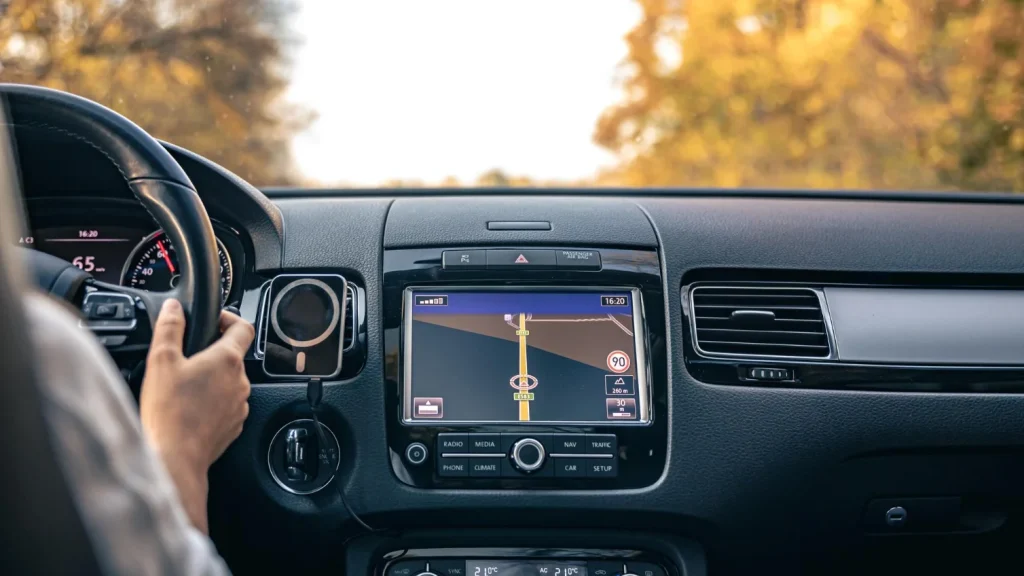
Why Does the Manufacturer’s Reputation Matter?
Quality Assurance and Certifications
A reliable manufacturer delivers consistent quality through strict testing. At CDTech, we follow rigorous quality checks at every step. This ensures our displays meet automotive-grade standards.
Support and Warranty After Purchase
Strong after-sales support, like technical help or warranty coverage, minimizes downtime for repairs or upgrades. We provide full support, including expert advice and replacement guarantees.
Tailored Solutions for Specific Needs
Every vehicle is different. Commercial trucks aren’t like luxury sedans or electric scooters. We customize LCD OD, LCD AA, FPC OD, and backlight options to fit each customer’s needs. This includes adjusting screen shape or brightness.
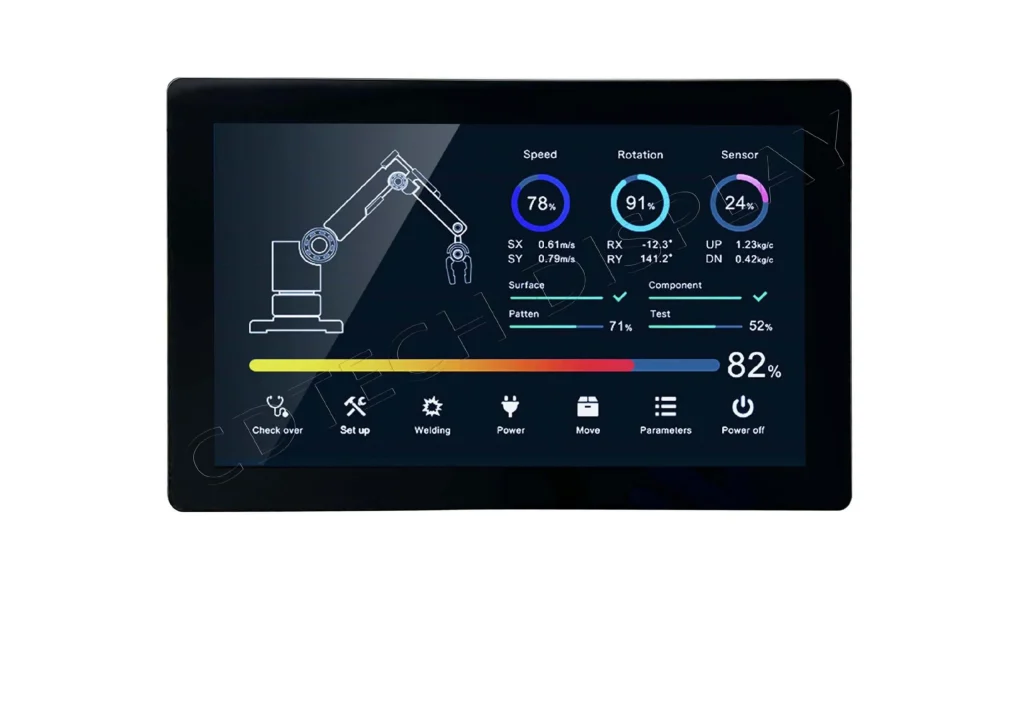
How Does CDTech Stand Out as a Vehicle LCD Display Provider?
CDTech’s Automotive Product Lineup
Our displays offer wide viewing angles, bright screens, and budget-friendly designs. These features make them popular in the automotive world.
CDTech’s Dedication to Reliability and Performance
We build every product for toughness. Our displays resist shock, extreme temperatures, and glare. We test them thoroughly in real-world conditions before delivery.
Custom Designs for Unique Vehicle Needs
Our team works closely with clients to create tailored solutions. Whether it’s a round display for a steering wheel or an ultra-wide bar-type for panoramic dashboards, we meet specific demands.
How Can You Align Your Budget with Performance Goals?
Balancing Cost and Features
Fancy features like capacitive touch or full HD resolution add value. But they also cost more. Matching key needs with budget limits prevents overspending while keeping the display functional. For example:
- A fleet management system might only need a simple TN panel with lower resolution.
- A high-end SUV dashboard benefits from IPS technology and optical bonding.
Long-Term Value and Total Costs
Choosing durable displays lowers maintenance costs over time. Rugged designs reduce breakdowns from environmental stress. This improves your return on investment.
What Mistakes Should You Avoid When Selecting a Vehicle LCD Display?
Ignoring Environmental Fit
Picking a display without checking its temperature or protection ratings can lead to early breakdowns in real-world use.
Missing System Compatibility
Choosing the wrong interface, like HDMI when only LVDS works, can lead to expensive redesigns or unstable performance with adapters.
Not Thinking About Future Needs
Focusing only on today’s needs can limit options later. For example, not planning for additions like rear-view camera feeds reduces flexibility.
FAQ
Q: What features should I focus on when picking a vehicle LCD display?
A: Choose the right screen size and resolution, like 10.25” at 1920×720. Look for high brightness, up to 1500 nits. Wide viewing angles with IPS panels are key. Ensure strong environmental tolerance, from -30°C to 80°C. Touchscreen features (PCAP) and connection options (HDMI, LVDS, MIPI) are important. Shock resistance through optical bonding matters too. CDTech provides all these.
Q: How do vehicle LCD displays improve driving safety and navigation?
A: Clear, high-resolution screens make navigation maps easy to read. Anti-glare coatings keep them visible in sunlight. Quick touch controls allow access without distraction. Integration with ADAS systems boosts awareness. These all lead to safer driving.
Q: What’s the difference between a standard car LCD display and an advanced infotainment system?
A: Standard displays show basic info like speed or fuel using TN panels. Advanced infotainment systems use IPS panels with better resolutions, like our 12.3’’ bar-type at 1920×720. They include multi-touch PCAP inputs and media playback. These systems often combine GPS, navigation, and voice controls into one platform.

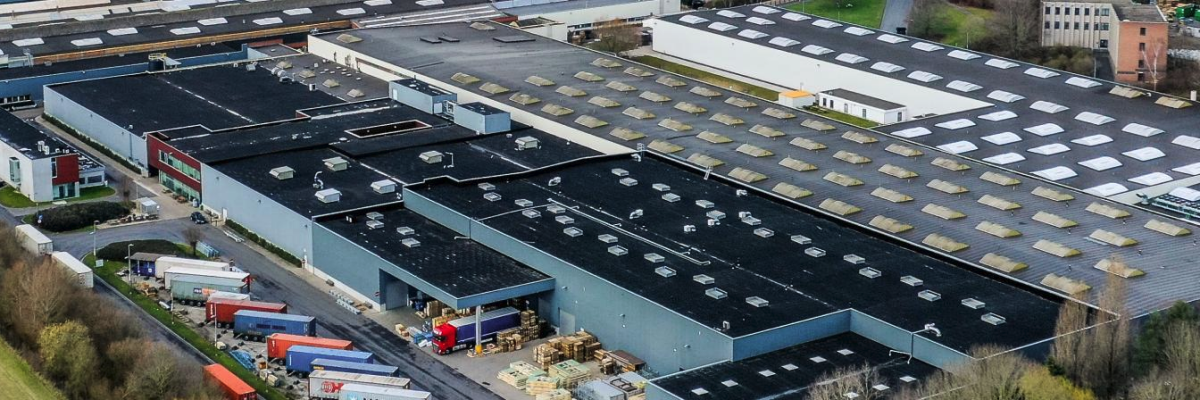
 2025-07-11
2025-07-11  11:50
11:50 